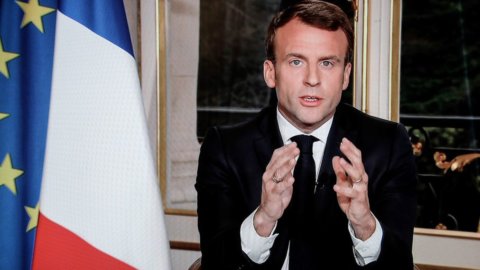The latest economic data confirm the continuation of the recovery phase of manufacturing activity
The positive trend unites both the levels of activity (+0.4% the tendential variation of the industrial production index in the first five months of 2015) and above all the commercial results (+1.8% turnover at current prices in the same period).
The role of the Automotive sector, on which more than 70% of the growth in manufacturing turnover depends and on which the Productive Activities Commission of the Senate presented an interesting investigation yesterday. The Automotive sector is the leader of the ongoing recovery (+23% production and +17% turnover): the trend of this sector explains more than 70% of the growth in turnover in the first 5 months of the year, without counting the reactivation effects of the upstream supply chain, which would further amplify this contribution. Also in markedly positive territory are electronics and further downstream sectors of the chemical supply chain (consumer goods and pharmaceuticals).
However, there are still critical situations, such as for household appliances and some producers of intermediate goods.
The novelty of the first part of 2015 is the recovery of internal orders with an intensity that has no equal in the last 5 years
Domestic orders grew by 3.5% in the first five months of 2015 (trend data at current prices), the highest value in the last five years, and are driven by investment goods: means of transport, mechanics, electronics and electrical engineering. Qualitative surveys also confirm an acceleration in orders expected by producers of capital goods, as well as less stringent conditions for access to credit and a better general climate for investment activity.
The strengthening of the production cycle is also demonstrated by the recovery in the degree of plant utilization, which has reached its highest level since mid-2008. This evidence also supports the hypothesis of a strengthening of business investments, so far one of the weakest components of domestic demand.
Compared to the recent past, however, the contribution of the foreign channel has weakened. On the one hand, signs of a recovery in domestic demand are reactivating growing import flows (+9.3% yoy in the first four months, at current prices), above all in the sectors producing durable consumer goods and intermediate goods. On the other hand, despite the marked growth (+5.4%), exports were affected by the many elements of uncertainty that held back world trade at the beginning of the year (from the Russian-Ukrainian crisis to the slowdown of some emerging markets, China above all), with extremely heterogeneous results on the various world markets: +40% in the United States and strong expansion in Turkey, the United Arab Emirates and Hong Kong more than offset the -30% in Russia and declines in Brazil and Japan.
Differences linked to specific factors, which can profoundly change the trend and prospects of individual companies on the basis of the prevailing geographical orientation of their exports.
On the other hand, the sectoral picture is more homogeneous, with only household appliances and metallurgy without growth points and the significant driving force of food and beverages, large-scale consumption, furniture, cars and motorcycles (above all thanks to the successes on the traditional markets of Western Europe and NAFTA), electronics and electrical engineering (thanks to the nearby emerging markets of central-eastern Europe and the Middle East and North Africa).
Trends in the prices of industrial commodities and exchange rates are causing very different cost pressures among the various manufacturing sectors. On the other hand, more marked sectoral differences emerge for the trend in production costs. If the collapse in oil prices at the end of 2014 had led to hypothesize a generalized easing of this type of pressure, the intensity of the devaluation of the euro and the different dependence on foreign countries for supplies helped to diversify the dynamics of input prices sectorial production in the first part of 2015, with metallurgy, construction products and food and beverage able to actually benefit from a decrease in operating costs and, conversely, fashion and mechanics subject to a moderate increase.
The recovery will strengthen in the coming months, but its intensity will not be homogeneous among companies, also depending on competitive strategies.
The many elements of heterogeneity and uncertainty present in the scenario (not all negative, such as the potential offered by the Iranian market, to which a brief study is dedicated) do not jeopardize the continuation of the recovery of manufacturing activity, which will strengthen in the second part of the year thanks to the improvement of the world economic cycle and the consolidation of the internal market. However, its intensity could be very diversified from sector to sector and within the sectors themselves, bringing attention, after years of global and/or national crises, to the strategic choices made by individual companies, as also highlighted by the comparison between the Italian and Spanish fashion system.




